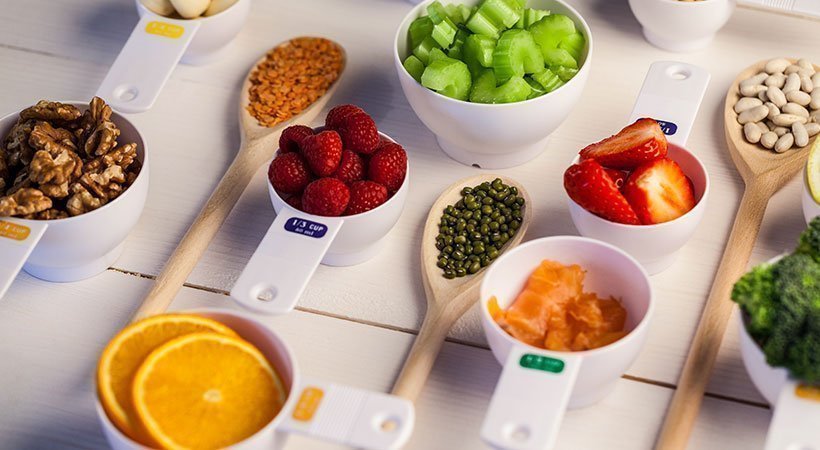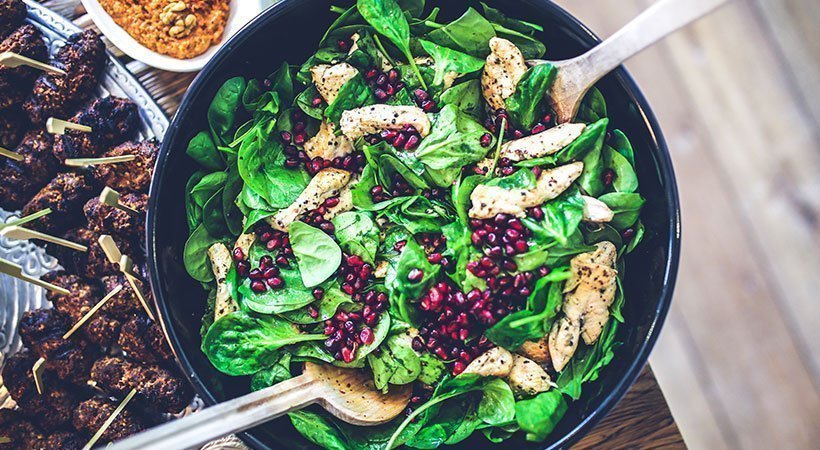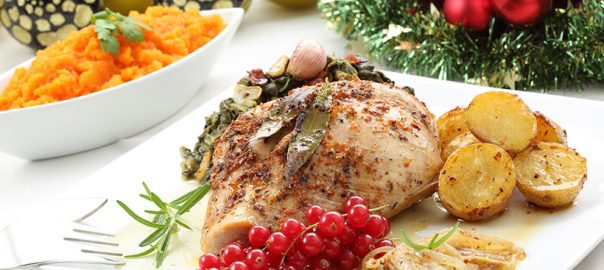It is not always easy to make the best healthy choices when eating during the holidays. This time of year, as tables are well stocked with the finest of treats, it is too easy to eat food that is higher in fat and calories. Eating an excess of these rich foods can sabotage your health goals.
While it may be challenging, eating healthy during the holidays is possible, and perhaps easier than you think. You do not have to ditch your healthy eating habits just because it is Christmas time. During the festive season, the key is to plan ahead to avoid overeating.
Here are some tips to help you eat healthy, and celebrate without guilt:
Stick to Healthy Portions

Limiting your food to smaller portions is a very difficult task, and even more so during the holiday season. It is essential to continue to listen to your body, and eat according to your needs. Instead of completely depriving yourself of tasty high-calorie foods, set boundaries by practicing portion control.
Whether you are preparing your own holiday meal or going to family or friends, avoid temptations by planning your portions and calories in advance. Some natural treats can even act as appetite suppressants (such as almonds, fruits, and raw vegetables) to help you stay on track.
Substitute Healthy Ingredients for Unhealthy Ones

Loading your plate with healthy food is an easy way to stay on track at your Christmas dinner. Choose low calorie side dishes instead of fat-rich ones. Make sure to prepare low-calorie side dishes like salads or vegetables. Choose fresh and unprocessed foods that include fruits, vegetables, meats, fish or poultry. And, limit fats, added sugars, and extra salt in your food preparation.
So, this holiday season, whether you are having a brunch or a multi-course dinner, always try to plan ahead and make the best choices. If you get off track, there will always be tomorrow to catch up with your healthy eating goals!
All the DietSensor team wish you a Merry Christmas and a Happy New Year!




